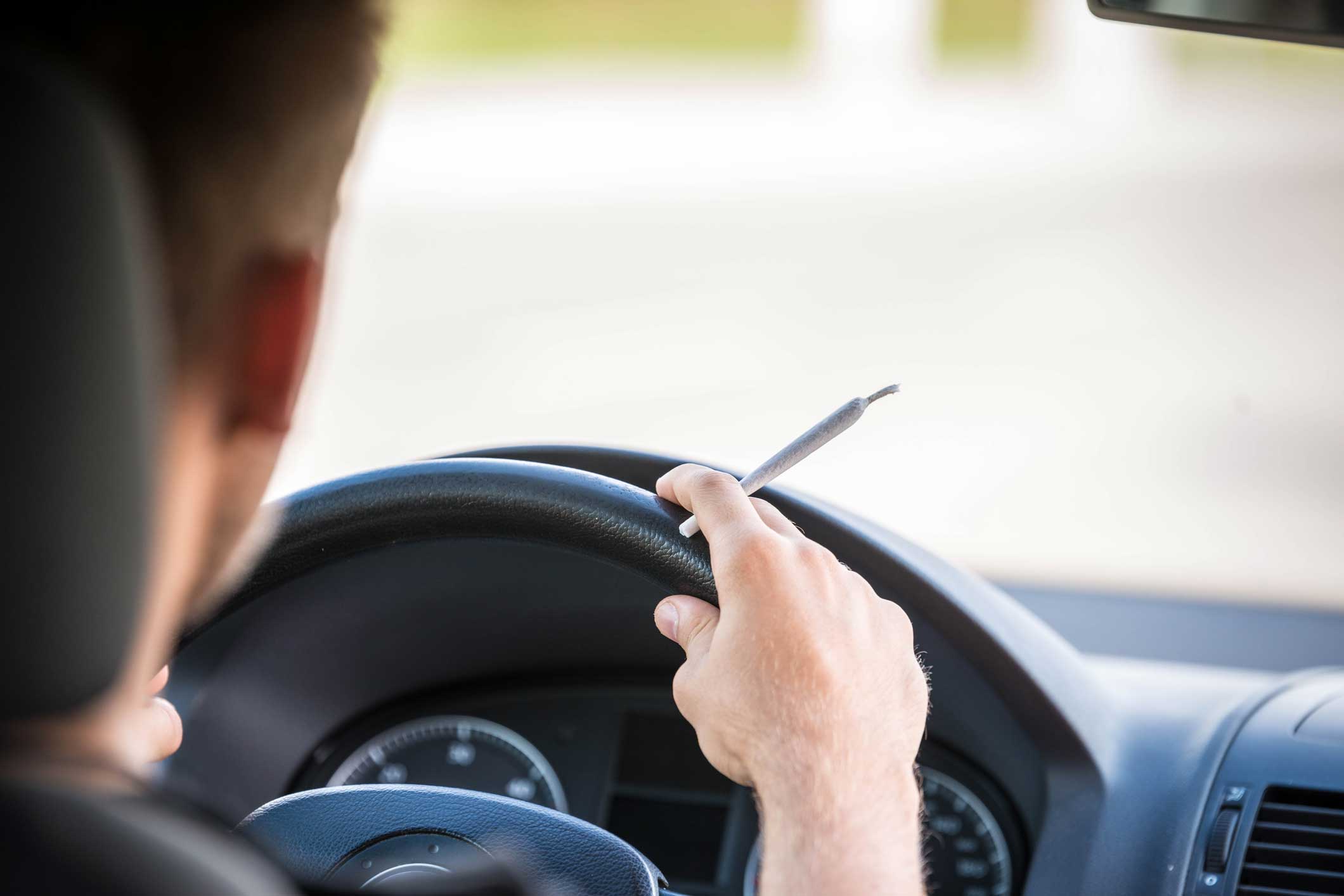When it comes to driving under the influence, a lot is known about the effects of alcohol on drivers, and the best tests to use to determine if a driver has been drinking too much.
But it’s a different story with marijuana, which affects people in different ways than alcohol and can be challenging to test for impairment.
That’s why the federal government has turned to the Institute of Living to conduct two research experiments to explore the hazards of driving under the influence of marijuana.
“We are seeing an increase in marijuana use across the country, which is only natural when you think about how it is being decriminalized and legalized and normalized throughout society,” said Dr. Godfrey Pearlson, director of the Olin Neuropsychiatry Research Center at the IOL, who is leading the research efforts along with Michael Stevens, Ph.D. “It’s a growing public health question, and we’re happy to contribute to a better understanding of it.”
The first project, a five-year study requested by the National Institute on Drug Abuse, is focusing on the impact that marijuana has on the brain’s cognitive and motor functions while driving a motor vehicle. The research, which began just a few months ago, aims to determine changes in brain functions based on dosage levels of THC, which is the psychoactive chemical in marijuana. Other factors and variables are also being considered, including whether a user has a long history and if marijuana has different impacts on men and women. (To listen to a recent edition of “The Colin McEnroe Show” on WNPR called “Is Marijuana The Holy Grail Of Good Health?” with a guest list that included Pearlson, click here.)
Over the next five years, volunteer subjects will be given a controlled amount of marijuana and then asked to interact with a video simulation that gauges their ability to operate a motor vehicle. The subjects lie on a table with a video screen above their heads that features many random situations that a driver might encounter, and tests their reactions. Subjects are also given MRI scans with simulated driving scenarios to identify any changes in their brain functions.
The second marijuana study the IOL is conducting was requested by the National Highway and Traffic Administration to determine the best way to test drivers to see if they have been using marijuana and if it has caused them to be impaired. As with the first study, this one scientifically examines impacts by testing for drug levels in the blood and saliva, but this one also evaluates the impacts when marijuana is combined with alcohol, which is common for many users.
Dr. Pearlson said the study asks subjects to stay in the clinical research center at Hartford Hospital for five consecutive days to determine the various impacts that marijuana can have on motor skills and cognitive function depending on levels of THC in the system. Various tests are being devised and initiated to find out how effective they are in determining if a driver’s marijuana usage, with the goal of potentially helping police officers test drivers in traffic stops, Dr. Pearlson said.
Both studies have been highly regulated by the U.S. Drug Enforcement Administration and the U.S. Food and Drug Administration to ensure that supplies of marijuana are stored safely and that subjects will be properly cared for if they react badly to using the drug, Dr. Pearlson added.
“This is not a frat party,” he said. “We are conducting serious research in a controlled environment.”

